The image of a majestic tiger often evokes awe and admiration, making it an iconic species in the campaign for wildlife conservation. However, do tigers truly serve as effective ambassadors for such efforts, or is their usage fraught with complications? This article explores the multifaceted role of tigers in conservation campaigns, weighing their effectiveness against potential drawbacks.
The Charisma of Tigers in Conservation Messaging
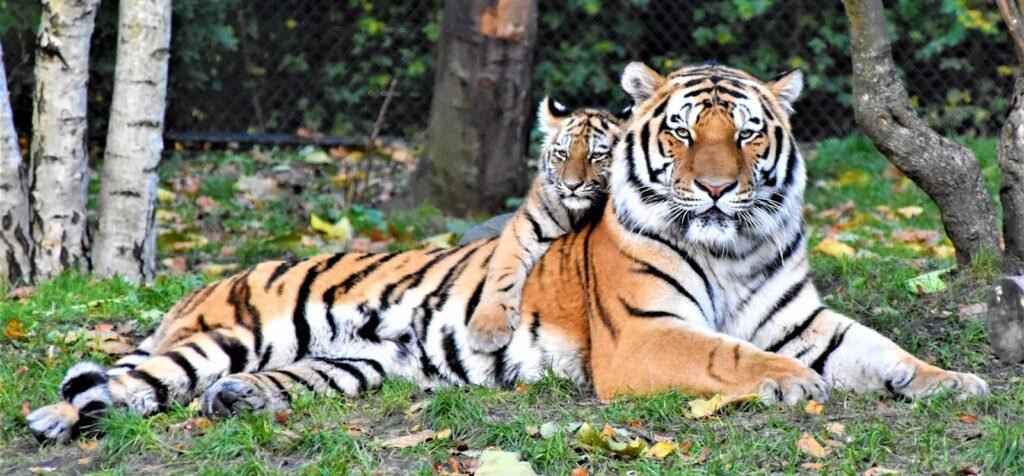
Tigers possess an undeniable charisma that captivates the public’s attention. Their striking appearance, combined with their status as apex predators, makes them ideal symbols for raising awareness about the plight of endangered species and the importance of preserving biodiversity. The public’s fascination with tigers can translate into increased support and funding for conservation campaigns.
Cultural and Symbolic Significance of Tigers
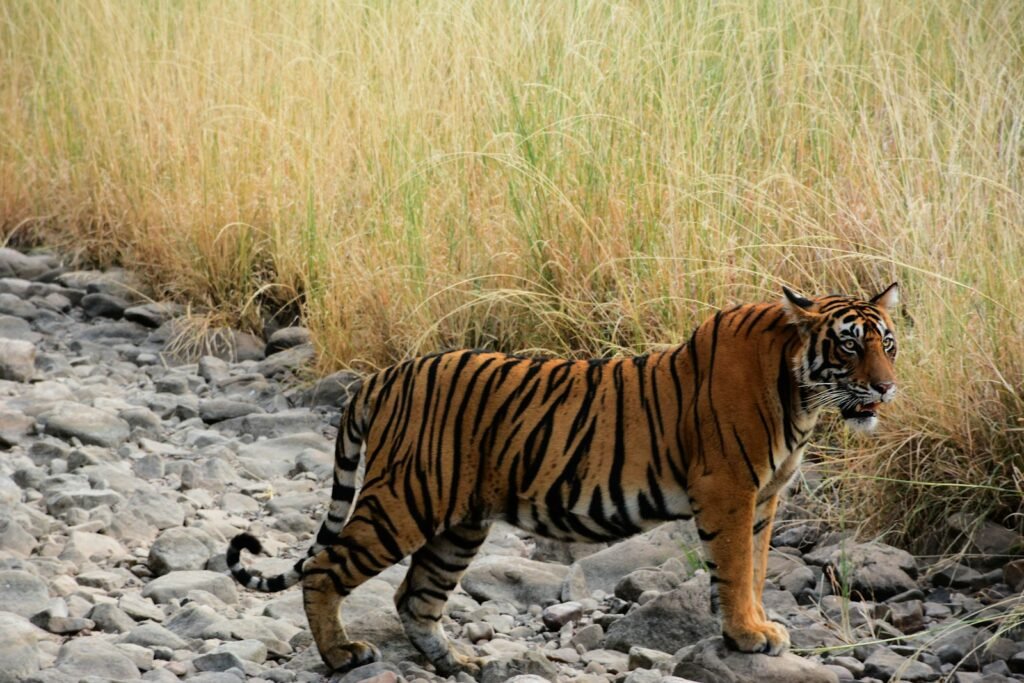
Tigers hold significant cultural value in various societies, particularly in Asia, where they are celebrated in folklore, art, and religion. This cultural reverence can be leveraged to foster a global sense of responsibility for their conservation. By using tigers as symbols, campaigns can tap into deep-seated cultural meanings that promote conservation’ cause.
Tigers as an Umbrella Species

In ecological terms, tigers are considered “umbrella species.” By focusing conservation efforts on protecting tigers and their habitats, a wide array of other species that share the same environment also benefit. This holistic approach highlights the interconnectedness of ecosystems and the crucial role tigers play in maintaining ecological balance.
The Challenges of Charismatic Mega-Fauna
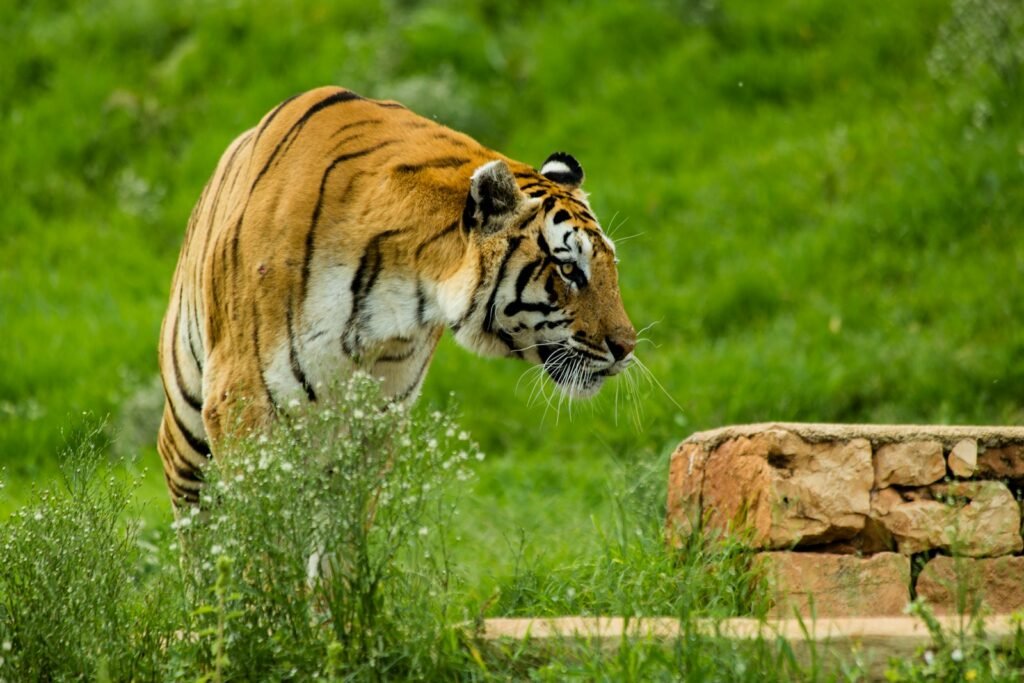
While tigers naturally draw attention, relying heavily on charismatic mega-fauna in conservation campaigns can overshadow less iconic but equally crucial species and ecosystems. This focus may create a skewed perception of conservation priorities, potentially sidelining comprehensive biodiversity preservation efforts.
The Ethics of Utilizing Tigers in Campaigns
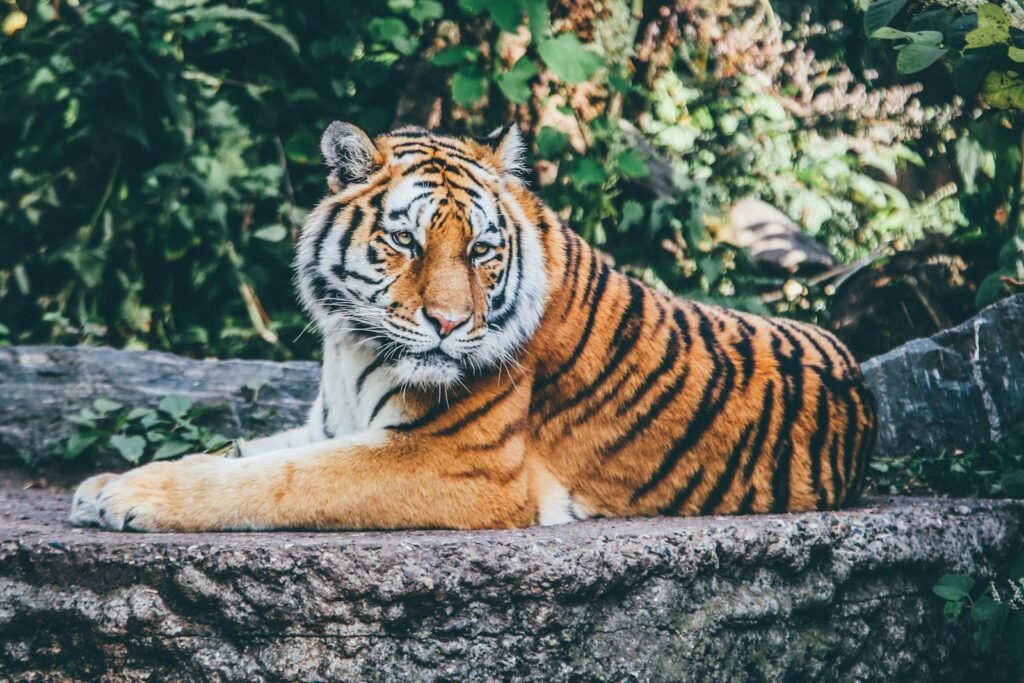
Ethical considerations arise when using tigers as conservation symbols. There is a risk of perpetuating exploitation, particularly if campaigns feature tigers in captivity or misrepresent their plight. Ensuring that such campaigns respect the dignity and well-being of these creatures is paramount.
Media Representation and Public Perception

Media plays a crucial role in shaping public perception. Misleading depictions of tigers, such as romanticized portrayals or fear-inducing narratives, can create misconceptions. Conservation campaigns must strive for accurate representations that highlight the real challenges facing tiger populations and their habitats.
Conservation Success Stories Featuring Tigers

There are notable successes in tiger conservation, where campaigns have effectively used tigers as ambassadors to galvanize public action and policy changes. For instance, the recovery of tiger populations in certain regions stands as a testament to collaborative efforts between governments, NGOs, and local communities.
The Economics of Tiger-Centric Campaigns
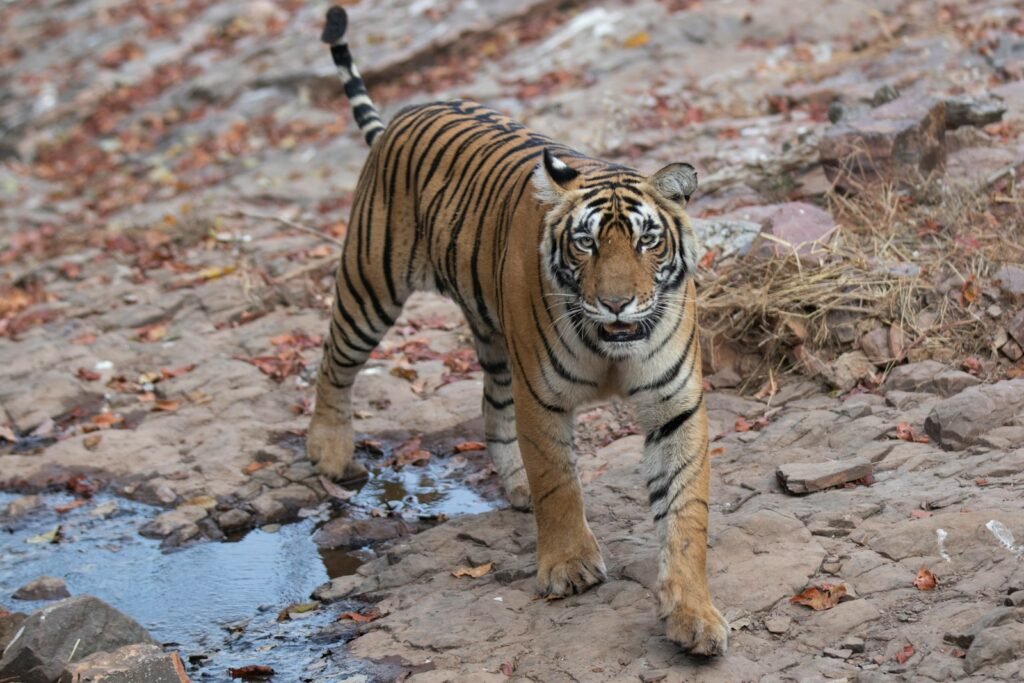
Tigers can attract significant funding for conservation due to their popularity. However, this financial influx must be managed judiciously to ensure that it supports comprehensive conservation strategies rather than being concentrated only on isolated tiger-centric projects.
Inclusive Conservation: Beyond the Tiger

Effective conservation involves an inclusive approach that goes beyond tiger-centric campaigns. It requires integrating the protection of diverse species and ecosystems, combating climate change, and addressing human-wildlife conflict. Such strategies can create more sustainable and equitable conservation outcomes.
Future Prospects: Balancing Symbolism and Science
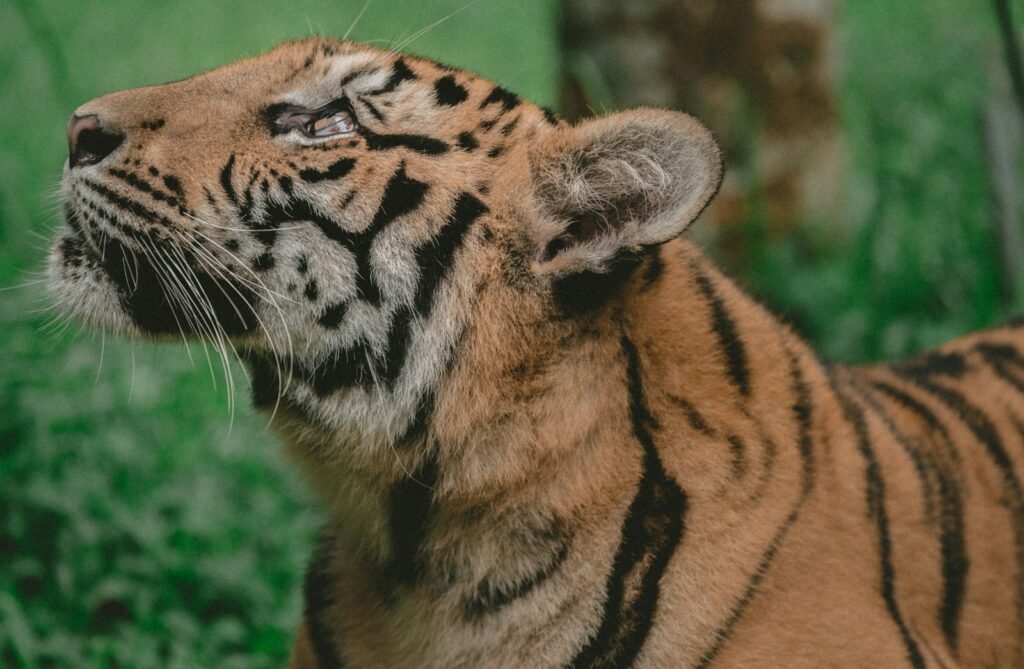
Moving forward, conservation campaigns must strike a balance between the symbolic power of tigers and the scientific imperatives of biodiversity preservation. Incorporating local knowledge, fostering international collaboration, and utilizing the latest research are key to ensuring that tigers—and all wildlife—thrive alongside human development.
In conclusion, while tigers can indeed serve as powerful ambassadors for conservation, it is critical to employ them in a manner that reflects ethical considerations and holistic environmental strategies. By doing so, conservation campaigns can maximize their impact and contribute meaningfully to global biodiversity conservation.
Hi, I’m Bola, a passionate writer and creative strategist with a knack for crafting compelling content that educates, inspires, and connects. Over the years, I’ve honed my skills across various writing fields, including content creation, copywriting, online course development, and video scriptwriting.
When I’m not at my desk, you’ll find me exploring new ideas, reading books, or brainstorming creative ways to solve challenges. I believe that words have the power to transform, and I’m here to help you leverage that power for success.
Thanks for stopping by, Keep coming to this website to checkout new articles form me. You’d always love it!






